You have recently had a car accident and are now trying to get back to you your regular life. Today we will go over some common questions patients ask on their first couple of visits about ICBC and rehab after a car accident.
I have noticed new pains in the days after the accident. Is this normal?
Yes, you may not experience your pain or other symptoms right away. It is not uncommon for symptoms to emerge over the first two weeks.
What are the common symptoms following a car accident?
Headaches
Upper shoulder pain
Numbness or tingling down your arm(s)
Concussion-related symptoms: light sensitivity, irritability, fatigue, difficulty concentrating
What treatments are covered by ICBC?
Within the first 12 weeks, ICBC will cover:
25 Physiotherapist appointments
12 Chiropractic appointments
12 Massage Therapy appointments
12 Kinesiologist appointments
If your rehab takes longer than this (and this is common!), no problem, your provider can apply to ICBC for more appointments.
Learn more about ICBC direct billing here.
What to expect on your first ICbc appointment
During your first appointment, your physiotherapist or chiropractor will focus on understanding your pain and changes in function since the accident. This will include a detailed history of the accident, your complaints since the accident, and a comprehensive physical examination. While this assessment may take up most of the appointment, your physiotherapist will be sure to discuss a treatment plan to ensure a quick and effective recovery plan.
When should I start Physiotherapy, Chiropractic and Massage?
Generally, it is recommended to come for your first appointment within two weeks of your accident. The earlier we can reduce your pain and get you moving the better your recovery will be.
When you are ready, the team at Pursuit Physiotherapy in Victoria BC is here to help you!

